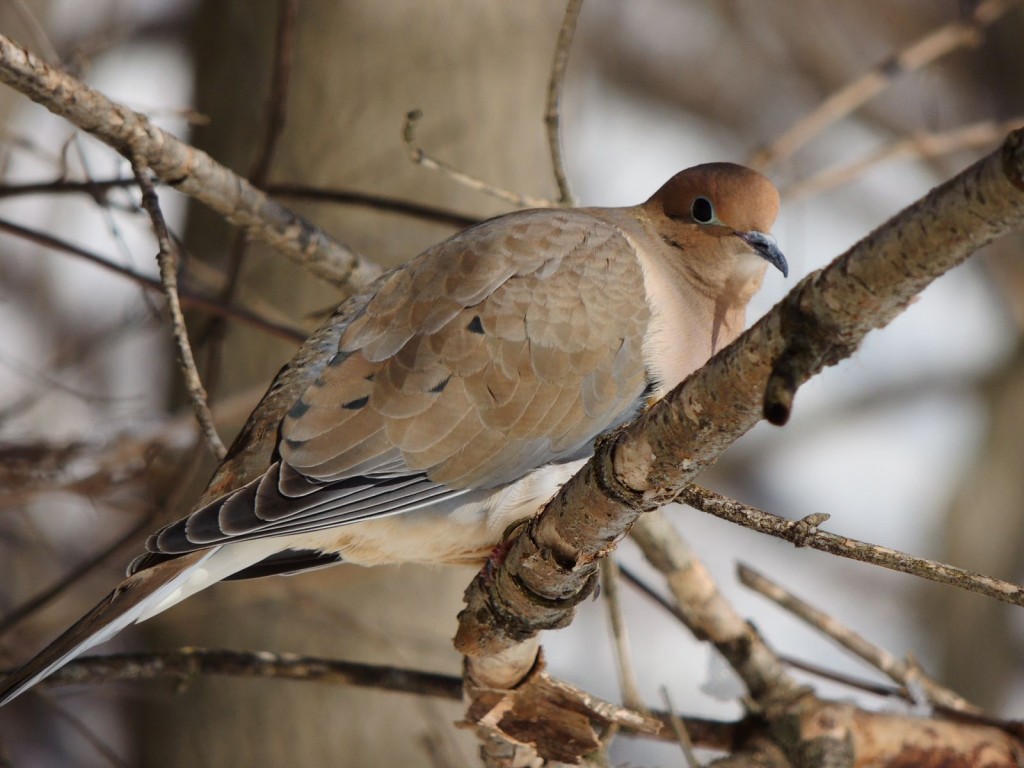April 12 2016 Cayuga ON. In my last posting (Blue-winged Teal) I dipped my toe into the subject of phenology or the study of plant and animal life cycles in relation to seasonal change. I was reminded of this topic today.
I had spent the morning back at the bird observatory helping with the daily census and banding birds. It was pleasant work, not too fast-paced (it can be). I enjoyed close-up experiences with a Hairy Woodpecker, two Mourning Doves, several Brown-headed Cowbirds and a couple of Dark-eyed Juncos. But there was a still lot of time to catch up, discuss some of the more arcane points of embryo development in Eastern Bluebird eggs and compare birding experiences in Africa.

On my return I drove past a flooded field and glanced over in a vague expectation of seeing some Bonaparte’s Gulls, they’re a regular occurrence in early spring although maybe not this early. Well I was partly wrong, there was one, just one and a pair of Lesser Yellowlegs.
I went back into my archives and found that what I’d written on April 19th just three years ago could, other than the reference to a flock, be applied to today. I wrote, “ A flock of Bonaparte’s Gulls enjoying (I suppose) a brief respite from their marathon migration was a refreshing midday surprise. Their spring migration is a long haul, taking them from the Atlantic Coast to the taiga belt of Canada’s sub-Arctic where, uniquely for gulls, they usually nest in trees. They had settled in a flooded field with evidently plenty to eat. “ The Bonaparte’s Gull was my Bird of the Day because they are rather more dainty than the more commonly encountered Ring-billed Gulls that are so common around here. And I think their black head is a classy touch.